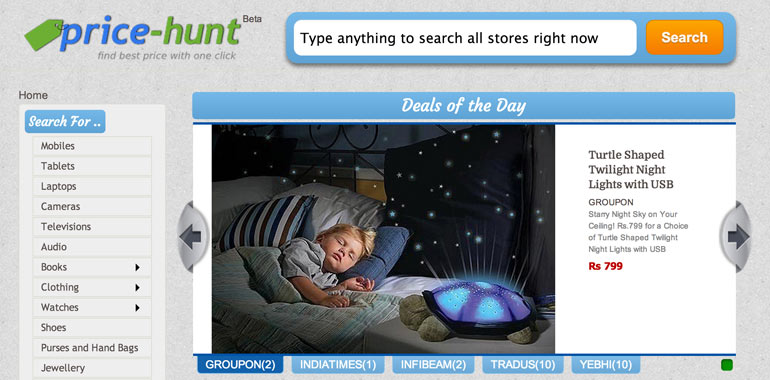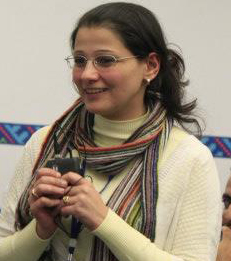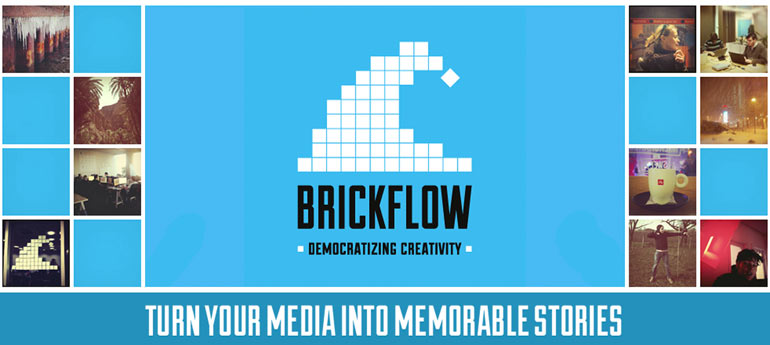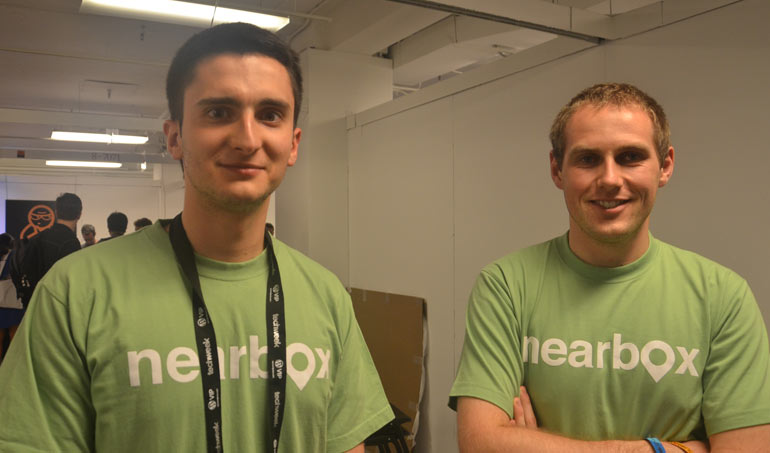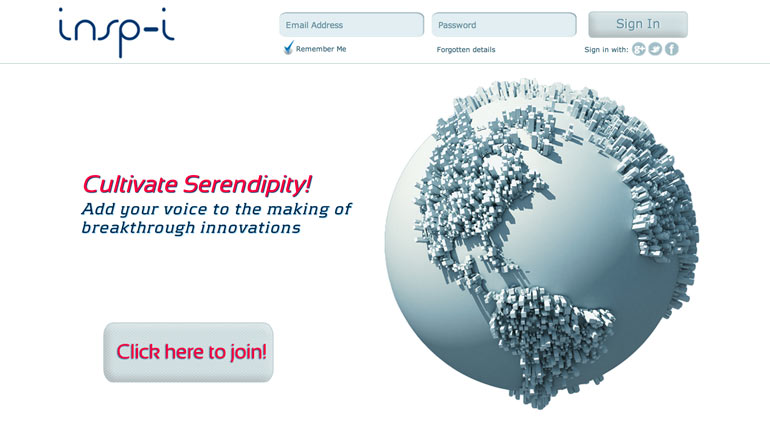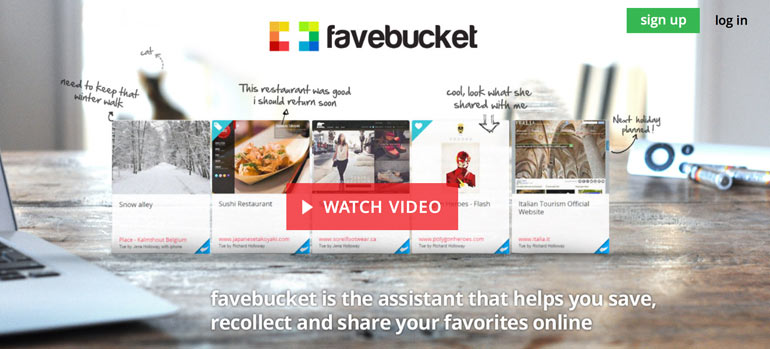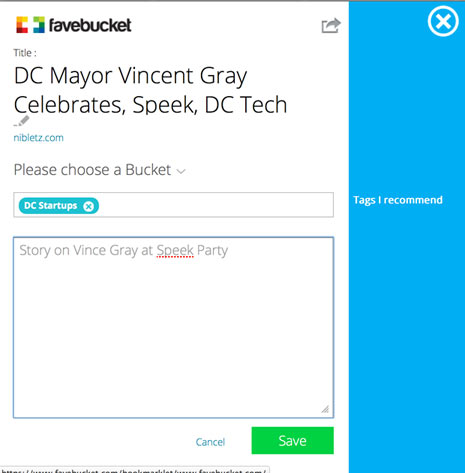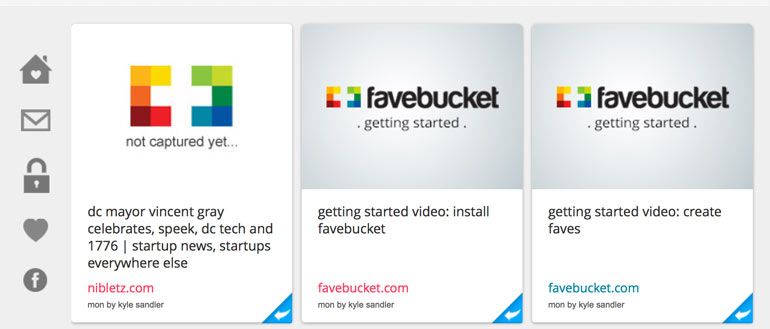With anything in life, you need to overcome your fears if you want to be successful. Letting your fears get the better of you will make it close to impossible to chase your dreams.
Here are examples of fears that an entrepreneur will often face when building a business.
1. Criticism or rejection
People are often afraid of pursuing their dreams or a business venture out of fear of being criticized — that their ideas will be rejected even by their family or friends. Some fear that others will see them as a weird or crazy person.
You might have been told that what you are planning would be too risky and would never work. This fear can can be so debilitating that it can even prevent people from trying something new or even taking the next step.
Everything starts with you. You need to start believing in your talents first before you can make others believe in you and your business. Instead of worrying about the negative things that people might think of saying, think instead about what they would say if you succeeded in your pursuit.
If people think you are crazy, then accept it. Keep in mind that it is the people with “crazy” ideas who end up changing the world.
2. Debt or bankruptcy
Some people stay in their jobs and don’t go into business out of fear that their decisions would land them in the poorhouse. There is a basis for this fear. Starting a business requires capital and finding funding can be difficult.
If you find it hard to build capital or convince people to invest in the venture, you can try saving up for some of the capital needed to start your business. The amount may not be enough to pay for everything, but it should be enough to get you started or try out some of your ideas.
3. Offending others
Some people are indecisive out of fear that others will see them as being too self-confident or arrogant. This is especially true when it comes to marketing or promoting the brand.
However, being audacious is often important if you want to become a successful entrepreneur. You have to be confident enough in expressing your ideas, in promoting your brand and what you have to offer. Advertising is a necessity in building a successful business. If you don’t do it, no one will know about your brand or what you can do for people.
4. Looking stupid
We sometimes don’t do things out of fear of looking foolish in front of other people. Have faith in your abilities and the decisions that you make. What you decide to do allows you to test your skills and become better, whether it is in terms of speaking in front of a crowd, making movies, leading a team, or something else.
Regardless of whether you made the right or wrong decision, there is something you can learn from the experience. The worst thing you can do is to not do anything at all. It may make you feel safe, but it also prevents you from growing and developing your skills.
5. Success
You may be surprised to find that there are entrepreneurs who fear success. Success is something we all yearn for when we build a business. So why would people fear becoming successful?
We have this notion that building a business is extremely difficult. On the flip side, what if it’s easier than you’ve been led to believe? Imagine opening the doors of your bakeshop for the first time and seeing a long line of people waiting to get inside.
Some entrepreneurs fear that they will be unable to handle the demands of running and maintaining a booming business. There are other businesspeople who feel that their success will alienate them from their friends and colleagues.
Operating a thriving business is what most entrepreneurs aim for. At some point, you may feel alone, but it comes with the territory of becoming the best in your field. Always strive to improve yourself and your business. Your business’ success will not just affect you but can also affect how your industry grows and develops.
Everyone has fears. Entrepreneurs are no different. Knowing how to face your fears and overcome them can help you create a business that is successful.
AUTHOR BIO
Serial Entrepreneur and Business Strategist Henri Hazougi is the managing Director/Partner of Business Setup Consultants DMCC. The company offers a broad range of expertise in corporate services assisting companies and entrepreneurs in setting up and expanding their business in the UAE.





